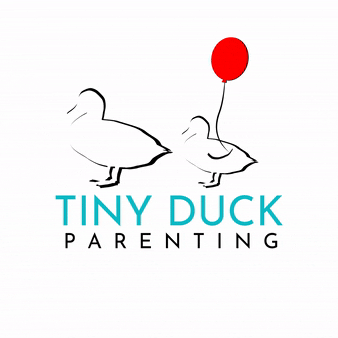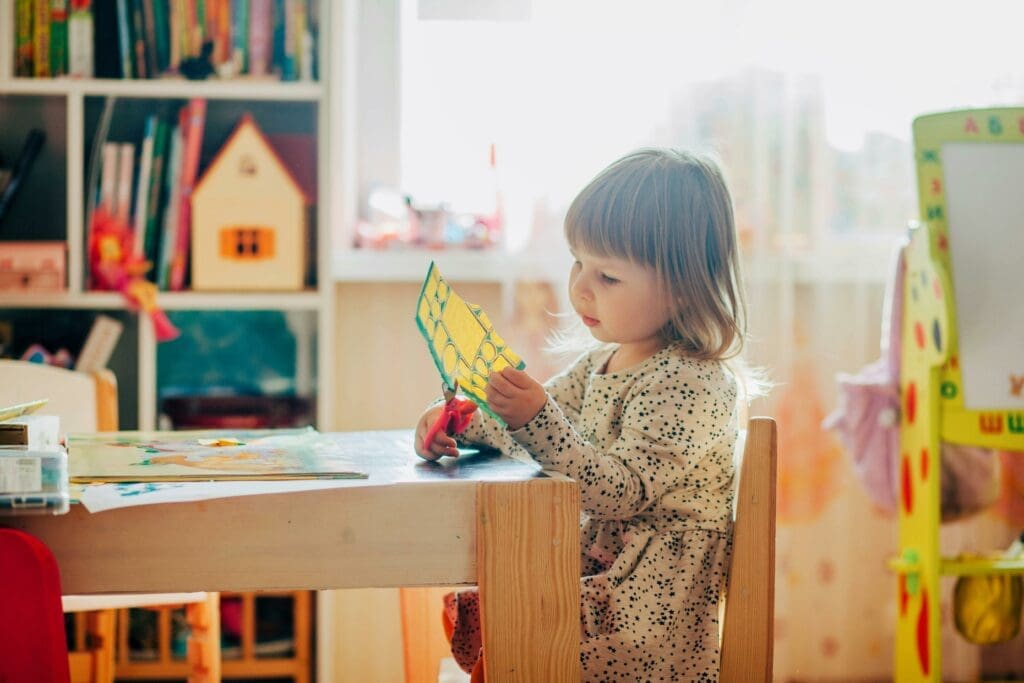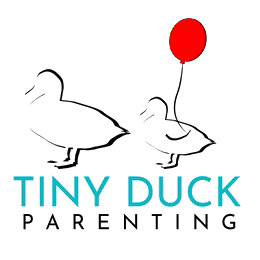Let’s delve into the fascinating world of sleep cycles and how they impact your toddler’s sleep and ability to get a restful night’s sleep and ability to sleep through the night. Just like adults, children experience various stages of sleep, each playing a crucial role in their physical and cognitive development. Understanding these stages can help you navigate your child’s sleep patterns more effectively. Recognizing these patterns is essential for addressing common toddler sleep problems.

Falling Asleep: The Dozing Off Phase
The sleep journey begins with the dozing-off phase. Heart rate and breathing slow down, muscles relax, and the body prepares to transition into deeper sleep. However, this initial stage can be delicate, with frequent awakenings common, especially for children. You might relate to the struggle of this phase of sleep if you stay with your little one while they fall asleep and while attempting to sneak out of your child’s room they pop awake, necessitating a restart of the bedtime routine!
Light Sleep
As your child drifts further into sleep, they enter the stage of light sleep. Here, the body continues to relax, and physiological functions slow down even more. Heart rate slows down, body temperature drops, and breathing slows down. This stage sets the foundation for deeper, more restorative sleep to follow.
Deep Sleep
Deep sleep is where the magic happens. During this stage, the body focuses on recovery and growth while the brain consolidates memories and enhances cognitive function. It’s challenging to wake someone from deep sleep, and for good reason – this is when the body truly rejuvenates. Deep sleep improves the immune system, so people who struggle with sleep often get sick more frequently.
REM Sleep
Rapid Eye Movement (REM) sleep is perhaps the most intriguing stage. Vivid dreaming and rapid eye movements characterize this stage. This phase plays a vital role in processing information and supporting learning and cognitive development in children. This is where the brain makes neurological connections, and learning occurs.
The Importance of Independent Sleep
The key to unlocking consistent, restful sleep for your child lies in teaching them to fall asleep independently at bedtime. By helping them develop healthy sleep associations and routines, you empower them to easily navigate sleep cycles. This not only fosters better sleep quality but also eliminates night wakings, leading to a more rested and emotionally regulated child – and parent!
The Challenge of Teaching Independent Sleep
Now, it is much easier said than done to teach a toddler to stay in their bed and fall asleep independently. When a child is accustomed to help at bedtime, it can become a daunting task to teach the toddler how to fall asleep without the help they are used to getting. Several sleep training methods prove successful for toddlers; our preferred method is our Week to Sleep Online Toddler Sleep Training Course. This course will give you all of the answers you need to teach your toddler to learn to fall asleep happily in their bed and sleep through the night in just one week!
Addressing Toddler Sleep Problems: Understanding Sleep Cycles
Understanding the intricacies of sleep cycles is essential for supporting your child’s sleep journey. By recognizing the different stages and addressing their challenges, you can empower your child to develop healthy sleep habits that promote restful nights for the whole family. Disrupted sleep cycles often cause toddler sleep problems, leading to frequent awakenings and difficulty falling asleep.
You can help your child embrace the joys of uninterrupted sleep through patience, consistency, and a nurturing approach, paving the way for happier, healthier days. Establishing a predictable bedtime routine and creating a sleep-inducing environment are key steps in addressing toddler sleep problems. Additionally, teaching your child to fall asleep independently can significantly reduce night wakings and improve overall sleep quality.
Understanding and managing sleep cycles gives your child the tools they need to enjoy restorative sleep, benefiting their physical and cognitive development. With a well-rounded approach that includes both education and practical strategies, you can overcome toddler sleep problems and ensure a peaceful night’s sleep for everyone in the family.





